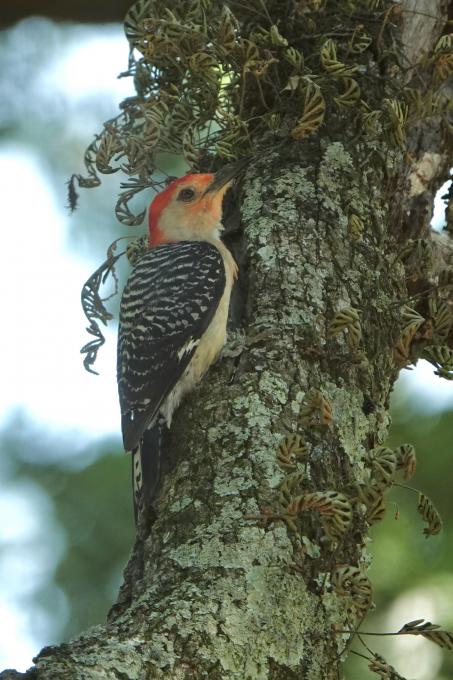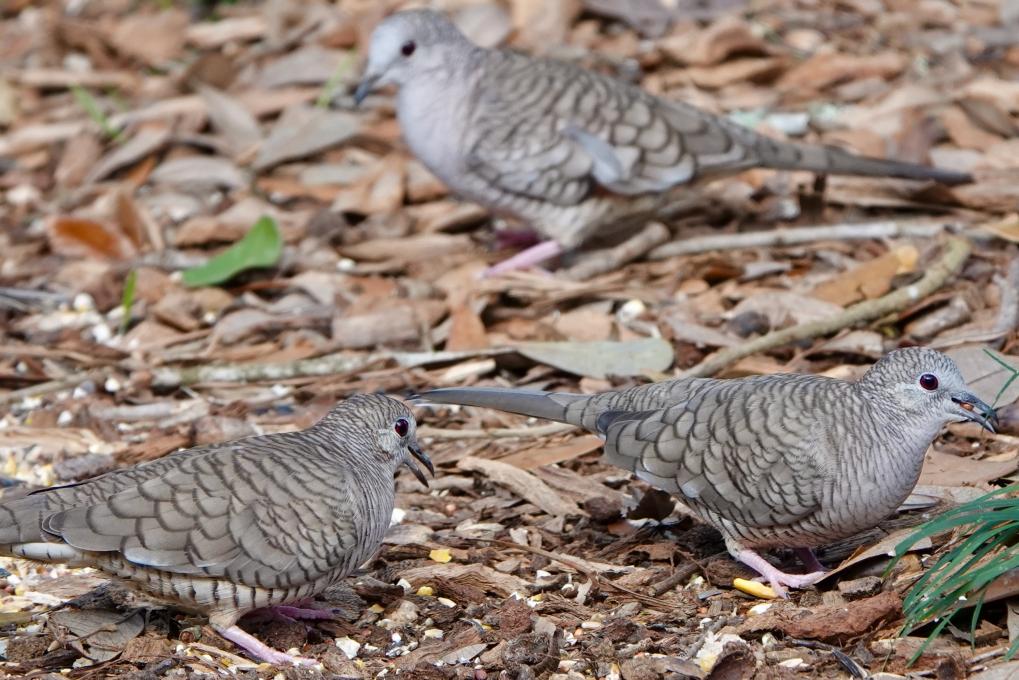Paul
Forum Replies Created
Viewing 6 posts - 1 through 6 (of 6 total)
-
PaulParticipantHard to pick one. Mechanics of nectar-feeding, info on torpor, feeding in bark-holes made by sapsuckers, and lack of paternal care - all stand out. Also the large diversity of hummingbirds, and contrast of diversity here (eastern US) with e.g. Columbia.in reply to: Finding and Connecting with Hummingbirds #975911
-
PaulParticipantI think that "group" is loosely defined here; I assume you are referring to the 9 groups listed early on in this section (Bees, Emeralds, etc.). I do not think that there is an official definition of "group". It seems that the 9 groups are based on genetic similarities. The video clip list some characteristics of these groups, though does not provide any strict definitions (e.g., what makes a "bee" a "bee" and how does it differ from an "emerald"). That may be hard to do at this point, since the groupings are based on genetic similarities rather than strict similarities in how they look. Ideally these groups would coincide with specific GENUS names. It seems that this might be the case for the small groups (Jacobyn, Topaz, and Giant Hummingbird groups), but there are way more hummingbird genera (plural of "genus") than the listed "groups" (106 versus 9). So the groups appear to be just a convenient way to organize the large number of species.in reply to: What Makes a Hummingbird a Hummingbird #975077
-
PaulParticipantAmazing to see the difference that the aperture settings made. Tried it with wide and narrow apertures (f/4 versus f/16) and was able to get the nice fuzzy background at f/4) Since my camera has only a 220 zoom, I did trials with the composition rules in the processing stage. Was indeed revealing to notice that following the "rule of three" made for a more pleasing composition. I had not realized earlier that it helps to leave the extra space in front of the bird.in reply to: Practice Crafting Great Bird Photos #820786
-
PaulParticipantI tried a sit spot and found that it is not easy for me to sit in one spot for half an hour. But patience was rewarded; a northern cardinal set down and started singing close to where I was sitting. Also watched my feeders for a while to see where birds sat down prior to going to the feeders. Have a mulberry close by that they use, but the specific spot they landed seemed to differ each time - making it tough to anticipate their landing. Was more successful in predicting where they took off to, at least for a red-bellied woodpecker that picked a sunflower seed from the feeder and set down in the same spot on a dead branch of a nearby live oak each time to open the seed. Was able to get his picture on one occasion.
 in reply to: Practice Gaining an Audience with Birds #820196
in reply to: Practice Gaining an Audience with Birds #820196 -
PaulParticipantI have the Sony RX10IV and am very happy with it. I have not yet gotten any great pics of birds in flight (though very nice ones of stationary birds), but still figuring out on how to best use the camera. Using a tripod helped the image quality.in reply to: Practice Matching Your Gear to Your Goals #776018
-
PaulParticipantDecided to focus on the Inca Dove that we have here in southern Louisiana, at the eastern edge of its distribution. I read that it typically likes to feed on the ground, which is where I typically see them feeding. One or more though feed on the bird feeder at times. One of the pictures shows it sitting on top of the feeder. It then slides down the roof of the feeder and tries to jump on the platform of the feeder on its way down. Doesn't always work, but at times it does. Guess the lesson is to be prepared to see your target bird outside of its typical habitat.

 in reply to: Practice Understanding Birds for Better Photos #768786
in reply to: Practice Understanding Birds for Better Photos #768786
Viewing 6 posts - 1 through 6 (of 6 total)


